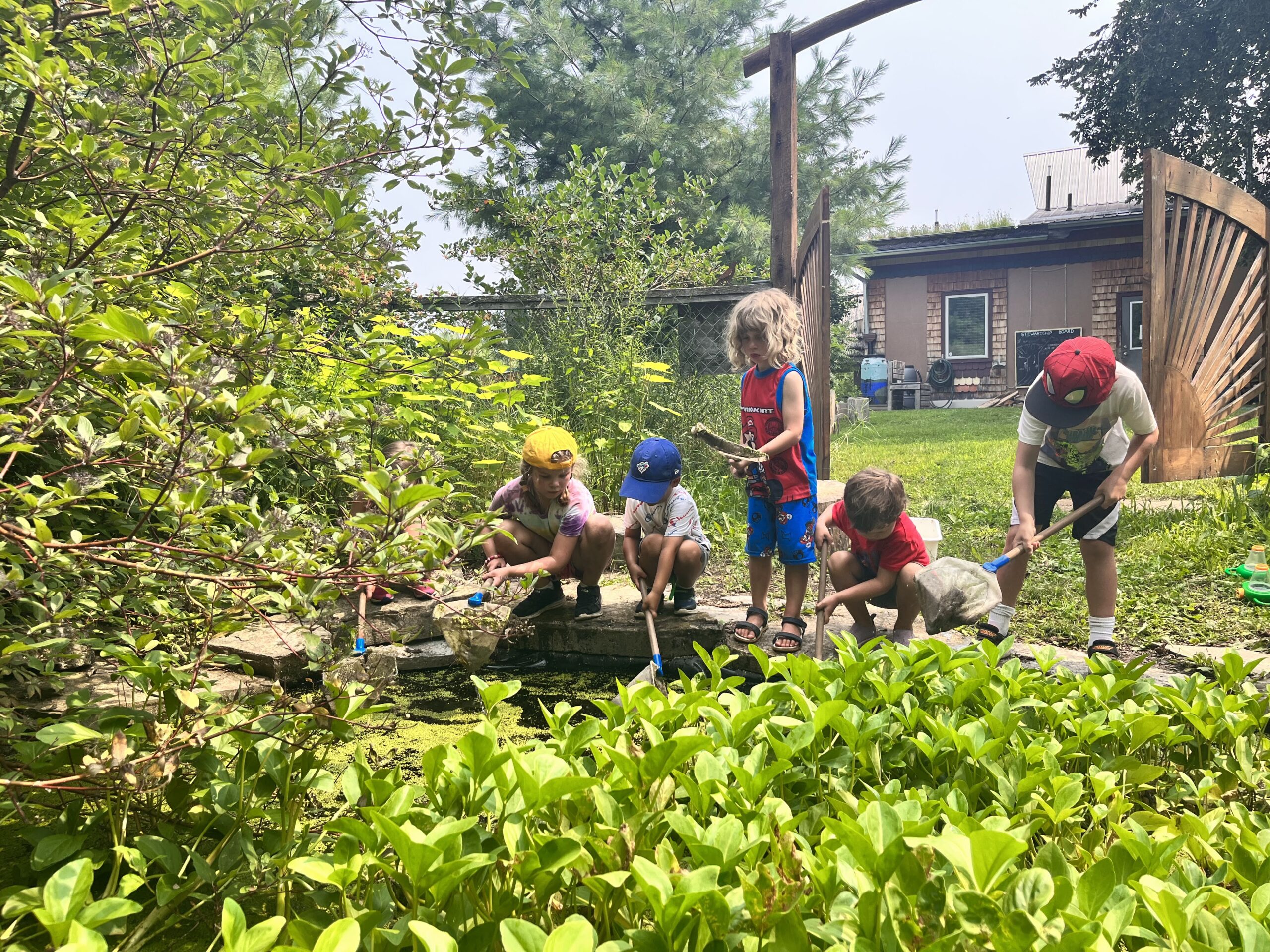Discover the fascinating underwater world of the tiny living things that we rarely see. Using dip nets and hand lenses, students will have the opportunity to study aquatic macro-invertebrates of all kinds. In this program, students learn proper collection and identification techniques, including how to use a dichotomous key. Under the careful guidance of our experienced facilitators, students will have the freedom to indulge in their in natural curiosity and explore the biodiversity of our local waterways.
Reminder: Due to the ephemeral nature of our local watershed, Aquatic Biodiversity is only available April 15th – May 15th of each year.



